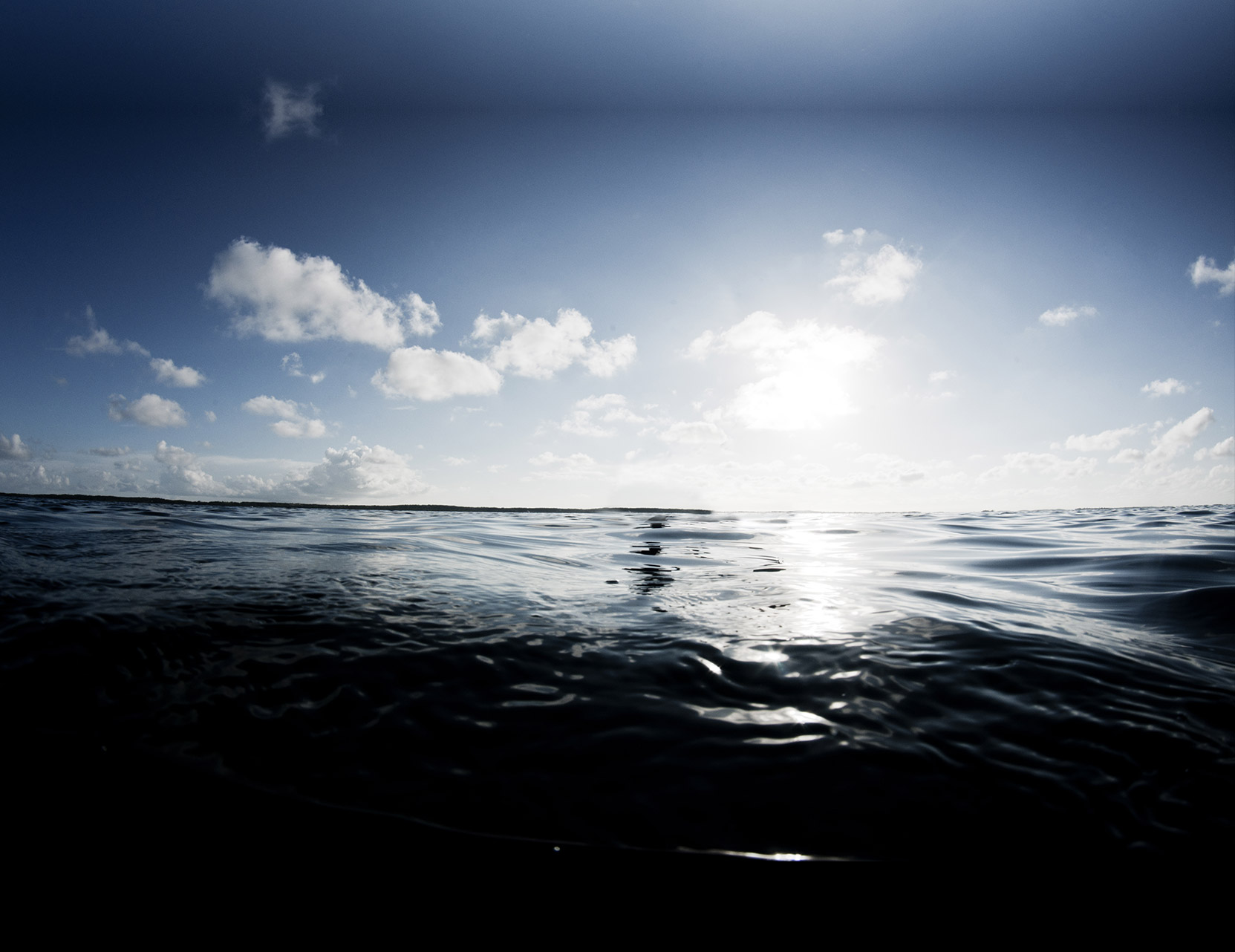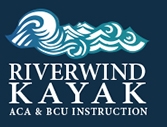

Forward Stroke
Comfortable extension forward and maintain box
Hands at shoulder height and “in plane”
Drive foot peg on the same side as the stroke
Torso rotation (10 o’clock to 2 o’clock
Short stroke (in at feet out at hips)
Relatively high shaft angle (depending on boat, anatomy, paddle length etc.)
Sweep Stroke
Torso rotation (windup)
Blade in at feet just below water
In flat water, follow blade with eyes. In rough water, look through turn
Maintain box & drive w/ on-water peg
Catch, release = bow to stern waterline
More edge = less waterline
Low shaft angle for maximum Extension
Reverse Strokes
(to propel, maneuver, stop)
Method A. Same initial set-up for
propulsion, maneuvering and emergency
stops
Maintain paddler’s box, rotate torso around spine, (don’t lean back), place back face flat on water, 45 degrees off keel line (will require that you edge the boat)
Unwind torso while rotating wrist up & forward to keep back face loaded, blade just below surface
To correct heading, hold edge longer and finish stroke further toward the bow
Practice technique w/ reverse figure 8’s.
Beam Draw (In water recovery)
Face your work (rotate torso)
Anchor off-water arm across chest
Sight over off-water wrist
Control w/ on-water hand
Extend shaft and pull power face to boat
Blade deep in water
Rotate wrist and slice away for re-set
Sculling Draw
Rotate torso to face your work
Anchor both elbows and power with torso
Vertical shaft
Angle leading edge of blade slightly away
Rotate wrist to change leading edge
Short stokes (1-2 ft arc, 6-18 inches out)
Sculling for Support
From high brace position, power face down
Flat shaft angle
Blade at surface, slight climbing blade angle
Control w/ on-water hand
Torso over water
Don’t push down, create lift by pushing
blade fore & aft w/ slightly high leading
edge
Braces
Low Brace
Flat shaft angle
Elbow over shaft
Maintain reference grip
Use back face to create “depth charge”
Hip snap to recovery
High Brace
Flat shaft angle
Elbow under shaft
Slap power face on water
Hip snap to recovery
Low/High Brace Turn
Establish hull speed!
Set up nose momentum with outside edge
Transition quickly to inside edge
Extend paddle blade and delay contact with the water
Use back/power face with slightly climbing blade angle, and hold brace
(do not jam forward until recovery)
Recover with hip snap
Transition to forward stroke
Bow Rudder
Establish hull speed!
Initiate turn (outside edge & sweep)
Submerge blade just forward of pivot point (usually just forward of 3-9 line)
Rotate wrist slightly to open leading edge and load power face
Control with on-water hand and allow off- water hand to drop to a comfortable fulcrum position
Don’t over-expose power face
Adjust as hull speed decreases
Stationary Draw
(Hanging Draw, Side Slip)
Establish hull speed!
Rotate to face your work
Maintain box & extend paddle away
Slice blade from aft quarter forward into place at about the 3 or 9 position as
you edge the boat away from the paddle.
Rotate on-water wrist to keep leading edge angled slightly outward, away from boat.
Search for the sweet spot. Too far forward draws the bow. Too far aft draws the stern.
Option “B”, transition from forward stroke to same blade placement and edge toward blade
Stern Rudder
Establish hull speed!
Blade in water at stern quarter, with
back face away from boat
Slight edge to outside of turn
Load back face to turn toward blade
Load power face to turn away


